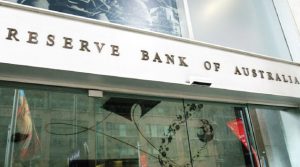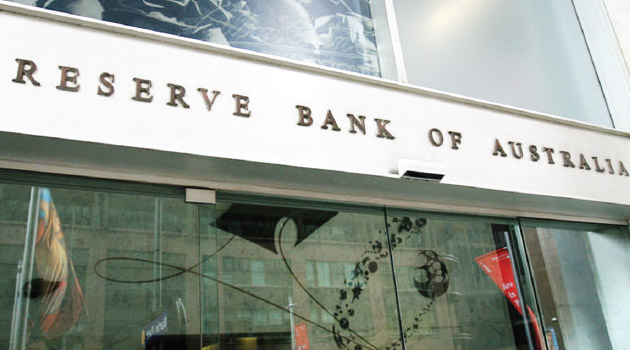Australia’s Central Bank Sees Little Reason to Lift Rates as Inflation and Wages Stay Sluggish

Australia’s central bank saw little reason to lift rates this month as inflation remained below target and likely to remain subdued in the face of sluggish wage growth, minutes of its May policy meeting showed.
The Reserve Bank of Australia’s (RBA) Board agreed there was not a “strong case” for a near-term adjustment in monetary policy, Tuesday’s six-page minutes showed.
The Board still agrees the next move was more likely up than down, assuming the economy gathered momentum as expected.
The RBA last cut rates to 1.5 percent in August 2016, notching up the longest period without a change in modern history. Financial markets are wagering this steady spell could last well into 2019.
Crucially, wage growth and inflation has undershot expectations for some years and showed little sign of heating up soon.
Data due Wednesday is likely to show wage growth stayed near all-time lows at an annual 2.1 percent in the quarter-ended March, even as brisk job gains are expected on Thursday.
RBA Deputy Governor Guy Debelle said in a speech ahead of Tuesday’s minutes that Australia’s wage growth has “troughed” and there are some tentative signs of pressure emerging. However, there is a risk it may take a lower unemployment rate than currently expected to generate a sustained move higher, he added.
Australia’s jobless rate has remained stubbornly stuck around 5.5 percent and levels of underemployment — those already working but wanting more hours — are near historical highs, a major factor weighing on wages.
Indeed, the RBA expects the unemployment rate to stay there by year-end. It is seen ticking lower to 5.25 percent by 2020.
“Stronger (economic) growth was expected over the following couple of years, which could reduce spare capacity in the economy and lead to a further gradual decline in the unemployment rate,” the RBA said.
“The increase in wages growth and inflation was expected to be gradual however because spare capacity in the economy was expected to be reduced only slowly.”
Policymakers remained upbeat about the outlook for Australia’s A$1.8 trillion economy, expecting activity to pick-up to a little above 3 percent over the next two years after a somewhat disappointing 2.4 percent outcome last year.
Household consumption, which has been a key area of uncertainty over the past year, had grown “solidly” last year, the RBA said, adding recent data on retail and motor vehicle sales suggested the momentum has continued in early 2018.
The RBA said stricter lending criteria by banks had helped in containing the build-up of risk on household balance sheets.
Courtesy : CNBC
photo : xkb.com.au
[social_warfare buttons=”Facebook,Pinterest,LinkedIn,Twitter,Total”]



